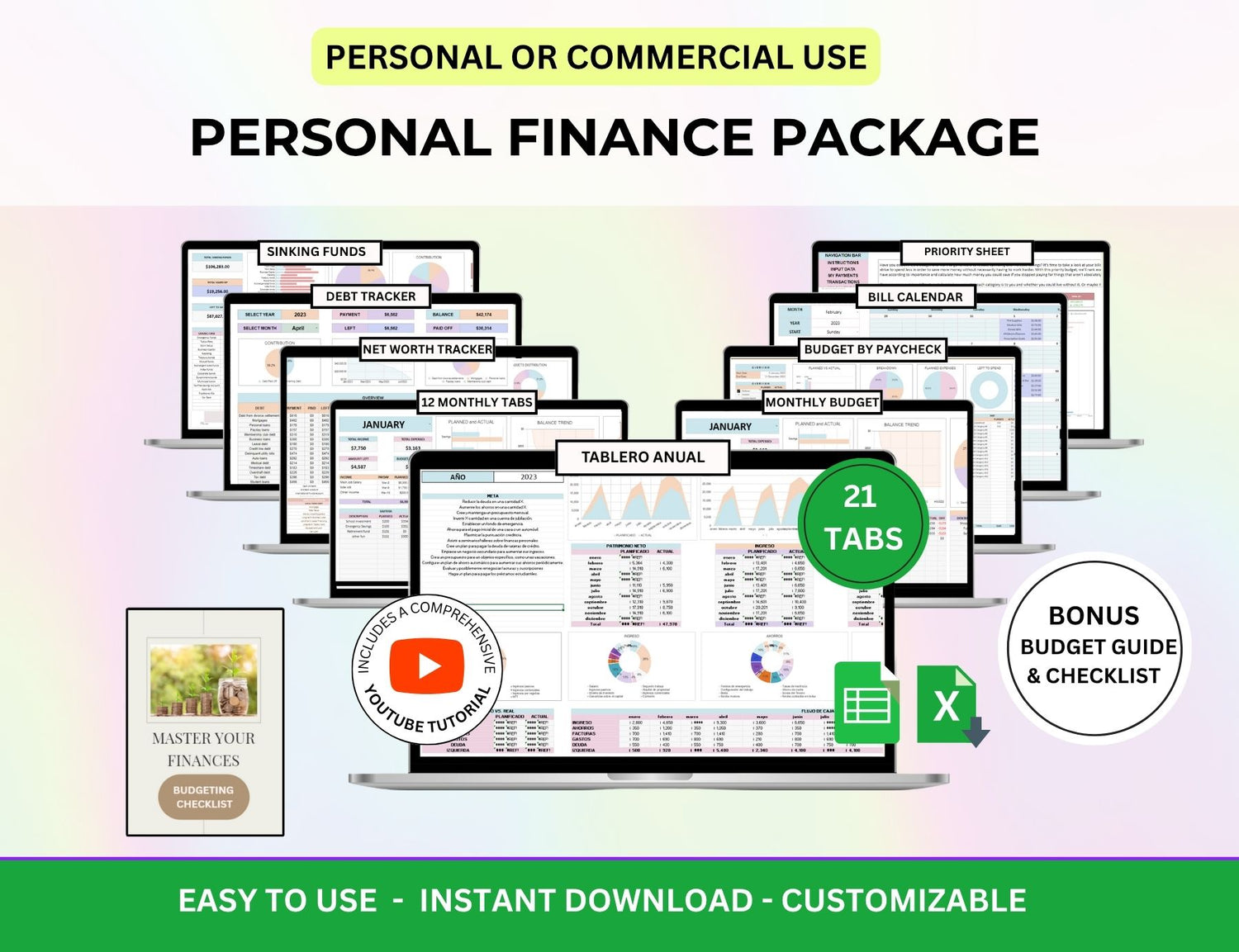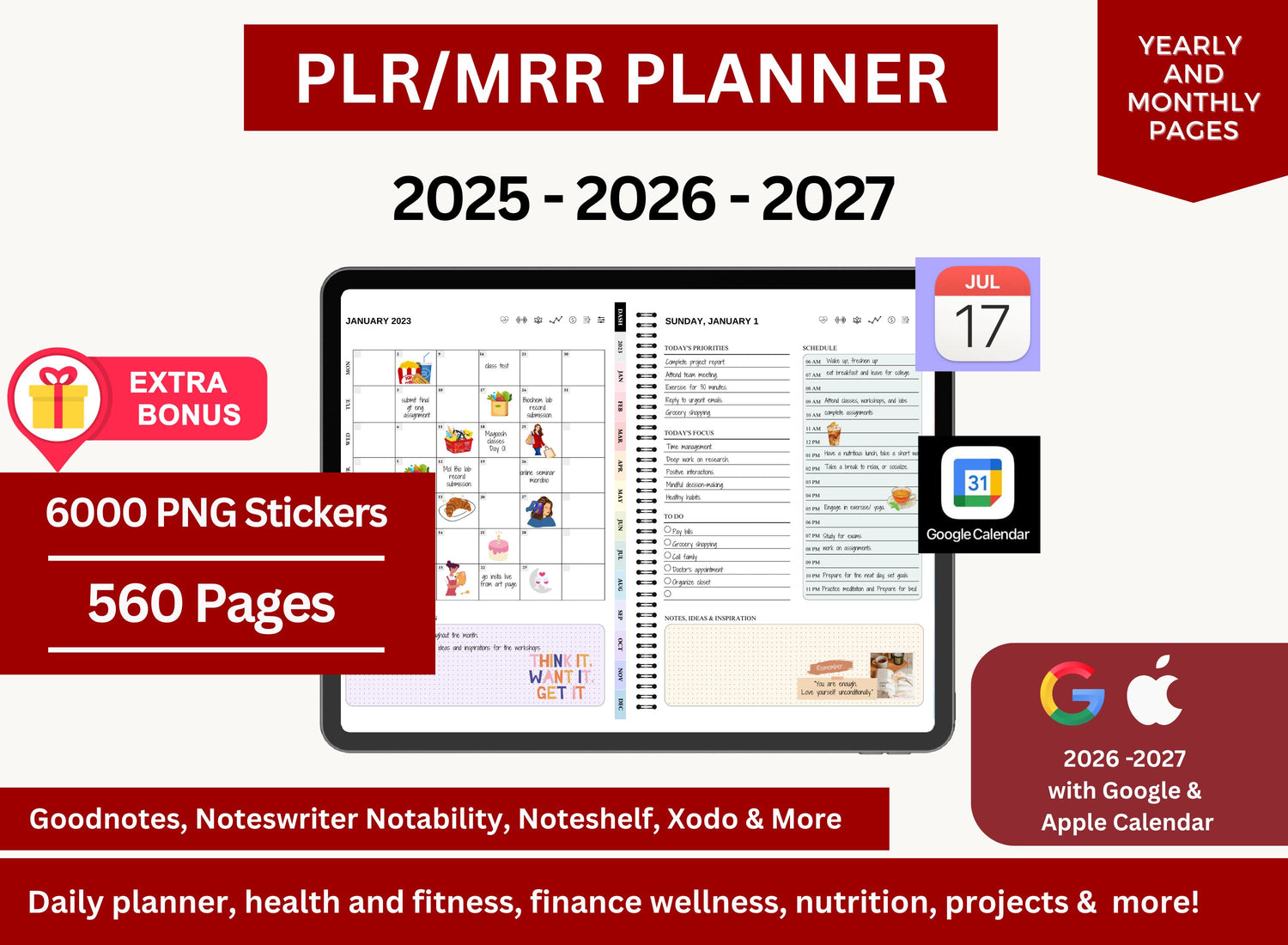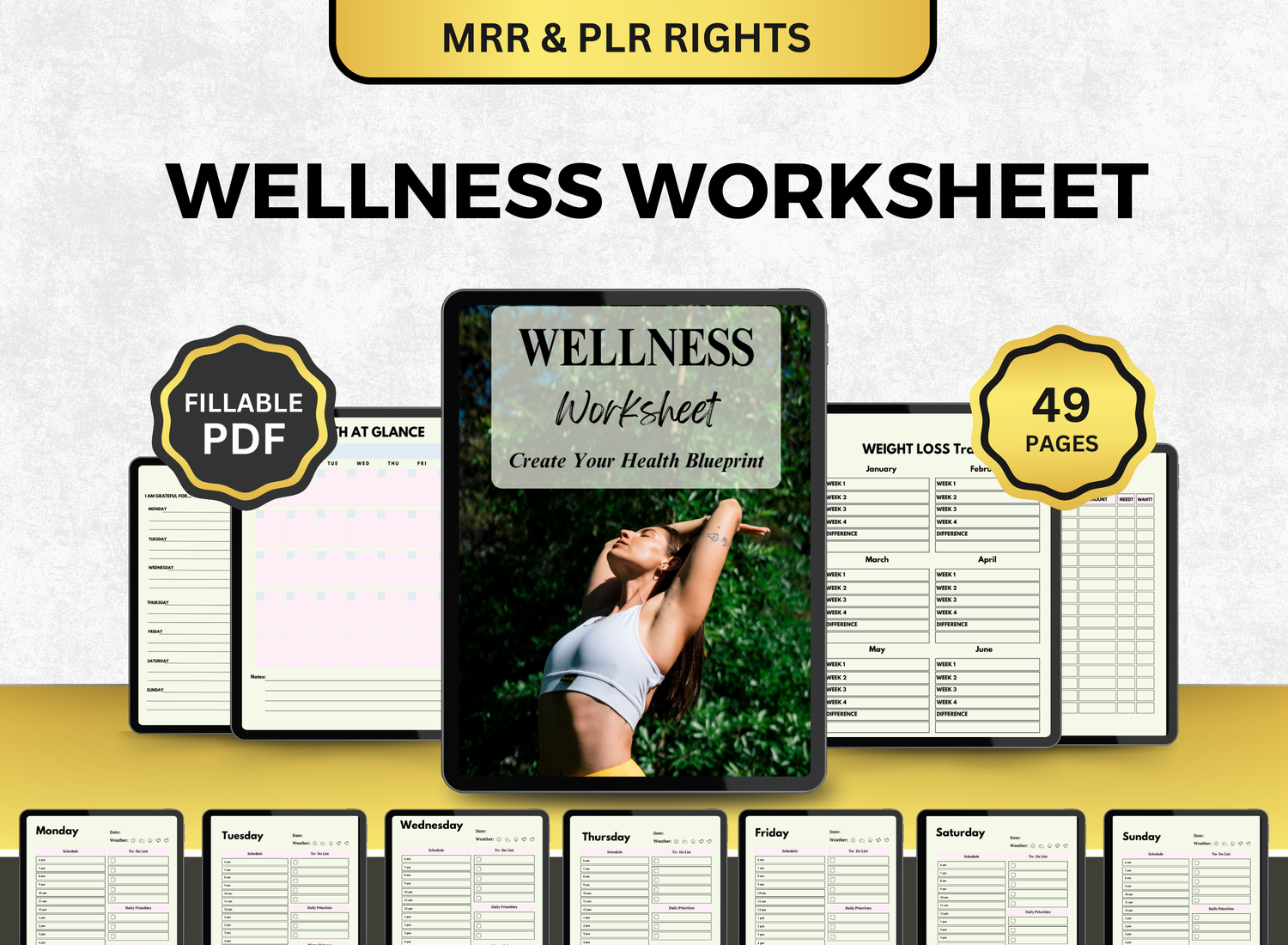Passive Income Ideas: How Digital Dropshipping Is Changing the Game in 2025
If you’ve spent any time exploring ways to make money online—or you’ve just been casually wandering down the endless rabbit holes of side hustle TikTok or YouTube—you’ve probably heard the term “digital dropshipping.” And maybe you paused for a second. Isn’t that just… selling files? Sort of. But not exactly.
It’s not new, not exactly, but in 2025, digital dropshipping is turning into something else. Something leaner. Faster. Honestly, a bit more clever.
It’s like the lovechild of passive income dreams and minimal startup stress. No physical inventory, no warehouses, no customer service headaches over shipping delays. Just files. Delivered instantly. And surprisingly, people are buying them. A lot of them.
Let’s unpack what’s actually happening here—and why more and more creators, freelancers, and “accidental entrepreneurs” are quietly building entire businesses around this model.
TL;DR
What’s Up |
Why It Matters |
|---|---|
| Digital dropshipping = sell files, not stuff | No inventory, no hassle, pure passive income vibes |
| 2025 twist: AI tools, niche markets, and instant delivery | It's faster, smarter, and easier to scale than ever before |
Wait—What Is Digital Dropshipping?
First, let’s clear something up: digital dropshipping isn’t exactly like traditional dropshipping.
With traditional dropshipping, you’re selling physical products you don’t actually keep in stock. Someone buys a water bottle from your online store, you pass the order to your supplier, and they ship it out for you. You never touch the product.
Digital dropshipping works the same way... except what you're selling is a file. A downloadable product. An ebook. A template. A digital planner. A Notion workspace. Even AI-generated art files or code snippets.
You don't manufacture anything, and you don’t need to be online when the sale happens. The delivery is instant. Platforms like Etsy, Payhip, Gumroad, and Shopify take care of all of that automatically.
You might hear it called automated digital delivery or selling digital downloads. The label doesn’t matter so much. The magic is in the simplicity: you create (or license) a product once, and it can sell over and over, 24/7, without you being there.
That’s the passive income dream, right?
(An example of a digital download product for business; project management tracker spreadsheet.)
Why It’s Exploding in 2025
Honestly, the timing couldn’t be better. A few things are converging right now:
1. Creators Are Burned Out
A lot of people who spent the last few years building personal brands online—creating daily content, coaching, or freelancing—are kind of… tired. Constant creation is exhausting, and trading time for money gets old fast.
Digital dropshipping offers a way out. Or at least, a way to pause while the income still rolls in.
2. Consumers Are Buying More Digital Products Than Ever
Digital planners, budgeting spreadsheets, notion templates, AI prompts, online toolkits—they’re everywhere. According to a 2023 report by Statista, the digital goods market is projected to hit over $500 billion globally by 2027. And honestly, that feels low when you consider how many people are building entire Notion shops or selling AI-generated resume kits on Etsy for $20 a pop.
It’s wild how normalized digital-only purchases have become. Especially for things like learning, organizing, or optimizing some part of your life.
3. AI Is Making Product Creation Easier (Sometimes Too Easy)
Here’s where it gets complicated.
Tools like ChatGPT, Midjourney, and other generative AI platforms have made creating digital products faster than ever. You can now make a branded ebook or design pack in a day—or less. It’s opened the door for more people to enter the space… but it also means the competition is higher. And, let’s be honest, not all of it is great.
That’s why digital dropshipping in 2025 is less about just creating, and more about curating, differentiating, and branding. Otherwise? Your product just ends up buried in a sea of sameness.
So… Is This Just PLR With a Different Name?
It can be. But it doesn’t have to be.
Some people start with PLR (Private Label Rights) content—buying pre-written guides or templates—and turn it into their own polished digital products. Totally legal and permissible as long as it’s in accordance with the license it was bought with.
But here’s the catch: if you use PLR and don’t customize it, or worse, just upload it as-is? It feels lazy. Worse, it feels spammy. And that’s what we want to avoid, especially if you plan on doing this for a long time.
On the other hand, if you take a PLR digital planner and rework it—add your branding, restructure the layout, bundle it with a companion mini-course or private checklist—it becomes something new. Something valuable. Then, it stops being a simple side hustle. It’s a product ecosystem.
This is where the line blurs between dropshipping and content creation.
(An example of a PLR digital travel journal.)
What Kinds of Digital Products Actually Sell?
Here’s the part people always overthink. But really, it’s simple.
If it solves a problem, saves time, or makes someone feel more in control, there’s probably a market for it. Some of the most popular types of digital downloads in 2025 include:
Product Type |
Why It Sells |
|
Printable planners |
Instant organization without waiting for shipping |
|
Notion templates |
People want fast systems for productivity |
|
Resume + portfolio kits |
Job hunting isn’t fun—digital templates ease the process |
|
AI prompt libraries |
Saves time in trying to figuring out what prompt is the “right” thing to say to get the answer you want |
|
Canva templates |
Especially for the social media content creators and small business owners who market their shop on their own |
|
Ebooks & guides |
Still relevant if they’re well-designed and useful |
|
Digital flashcards |
Language learning, exam prep, etc.—high repeat value |
And honestly, even niche ideas work. I saw a seller on Etsy who only offers printable pet-sitting checklists… and they have hundreds of sales.
It doesn’t need to be revolutionary. It just needs to be needed.
(An example of an editable resume template.)
How to Stand Out When Everyone’s Selling the Same Stuff
This is where people start to hesitate.
They’ll say, “Well, the market’s saturated. Everyone’s selling digital planners now.” And it’s not wrong. But it’s also missing the point.
Saturation just means there’s demand. The real challenge is differentiation.
Here’s what helps:
- Add micro-niche targeting. Instead of a generic “daily planner,” make a “Daily Planner for ADHD Entrepreneurs” or “Planner for Night-Shift Nurses.”
- Layer in original value. Maybe your Notion template comes with a 5-minute video walkthrough or includes access to a feedback group.
- Use strong visuals. People buy with their eyes. Use mockups, previews, lifestyle images. Canva’s Smartmockups or Previewed.app are super handy here.
- Tell your story. Even a short sentence like “I made this because I couldn’t find a planner that worked for my chaotic brain” can create connection.
And above all—don’t fake it. People can smell that a mile away.
(An example of an ADHD planner.)
What About Legal Stuff and Master Resell Rights?
Good question. Here’s the short version:
- If you’re using PLR or MRR (Master Resell Rights) content, read the license carefully. Some allow edits and resale, others don’t. Some prohibit using certain platforms like Amazon KDP.
- If you’re creating from scratch, copyright automatically belongs to you. But always be careful when using AI tools. Depending on the tool, your work might be partially unprotected (still a gray area legally).
- Use commercial-use fonts and assets. Sites like Creative Market and Envato Elements offer licenses that allow digital resale under certain conditions.
Bottom line? Don’t cut corners. It’s not worth it to save $10 on a shady template if it ends in a DMCA takedown later.
Can You Actually Make a Living from Digital Dropshipping?
The answer is: some people do.
For most, it starts as a side hustle. A few hundred dollars a month. Then maybe a few thousand. And if you lean into it—optimize your listings, add email funnels, upsell bundles—it can grow into a full-time income stream.
That said, it’s not entirely passive. There’s setup. Testing. Learning. Some trial and error.
But once you’ve got a few winning products live? And they’re consistently selling while you sleep or run errands or do absolutely nothing? Yeah. That part feels pretty magical.
(Another example of a digital download product for business; kanban board tracker spreadsheet.)
So Where Should You Start?
If this all feels overwhelming, here’s a simple, not-perfect-but-good-enough roadmap:
- Pick a niche you care about (or at least find interesting).
- Research what’s selling in that space (check Etsy, Gumroad, Creative Market).
- Decide on a product type (ebook, template, planner, toolkit).
- Create it—or customize PLR with care.
- Set up your shop (Gumroad and Payhip are beginner-friendly).
- Focus on branding + presentation (covers, product previews, descriptions).
- Launch. Learn. Improve. Repeat.
It’s not about finding a “perfect” idea. It’s about shipping your first imperfect one.
Final Thought: This Isn’t About Getting Rich Overnight
Let’s be real. You probably won’t wake up tomorrow with a six-figure digital shop. And the phrase “passive income” gets thrown around a little too carelessly online. But digital dropshipping? It’s one of the closest things to true passive income we’ve seen in the make money online world.
It’s low-cost. Scalable. You don’t need a team or a huge following. You don’t even need to be a great writer or designer—just resourceful. Persistent. Willing to experiment.
And maybe most importantly, it lets you build something once and earn from it again and again.
Which, if we’re being honest, kind of feels like cheating… but in a good way.












